Throughout the extensive history of our planet, diverse communities and cultures have existed. These societies had unique customs, thoughts, and cultures. However, over time, these ancient ways of life disappeared, and we lost many pieces of information. Fortunately, the science of Archaeology, by chance, offers us the opportunity to rediscover these lost pieces of information, shedding light on the depths of the past. In this article, we will examine the most interesting archaeological discoveries that illuminate the secrets of the past.
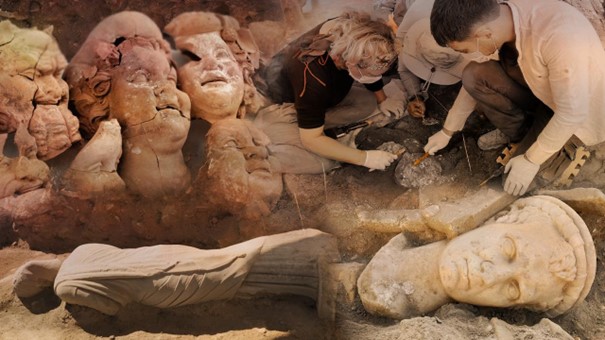
THE ANTIKYTHERA MECHANİSM
The Antikythera Mechanism is an astronomical device recovered from the wreckage of an ancient Greek cargo ship. It dates back to the 2nd century BCE and contains intricate gear systems. This mechanism is believed to have been used to predict astronomical events and perform calendar calculations. However, scientists still marvel at how such advanced technology could have been developed during that period.

STONE SPHERES OF COSTA RICA
Costa Rica's stone spheres are giant stone spheres located in the Diquis Delta of southern Costa Rica. They are believed to have been created by ancient civilizations dating back to around 600 AD. These colossal stone spheres, known as "Las Bolas," were typically carved using a volcanic rock called gabro. While the exact reasons for their construction and their intended purposes remain unclear, some archaeologists speculate that the spheres might have been used for astronomical observations. Other theories suggest that they were created to mark important areas or for ritualistic purposes. The stone spheres of Costa Rica represent an important archaeological artifact reflecting the engineering skills of ancient times, embodying an unresolved mystery.
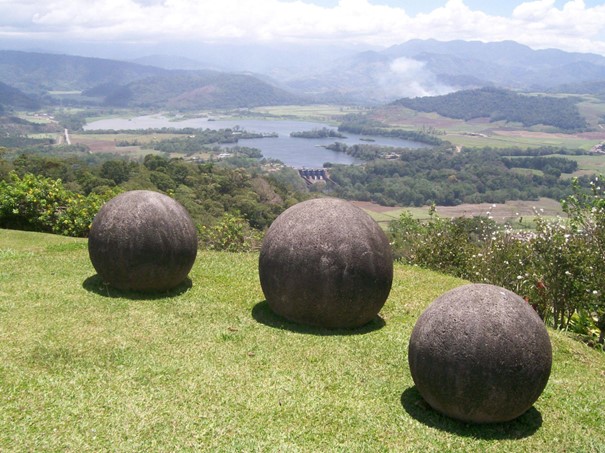
STONEHENGE
Stonehenge, a megalithic structure in England, is dated back to 4,000 years ago. This area, where large stone blocks are arranged in a complex pattern, is thought to have been used as an observatory, calendar, or place of worship. However, there is no definitive information on how this megalithic structure was precisely constructed and its exact purpose of use.
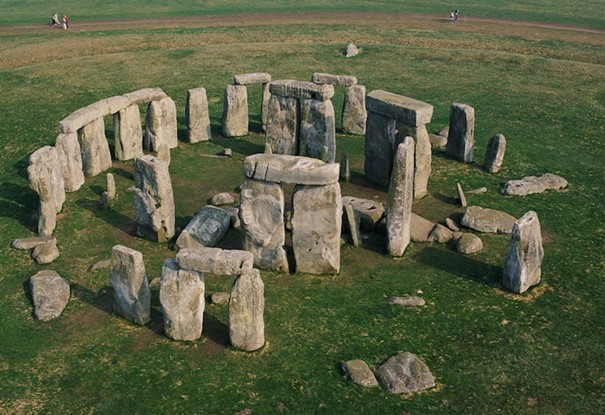
TOMB OF CLEOPATRA
The location of the tomb of the Egyptian Queen Cleopatra has been a significant mystery throughout history. Cleopatra, the last ruler of the Ptolemaic Dynasty, reigned from 305 to 30 BCE. While it is known that Cleopatra and Mark Antony committed suicide after the rise of Roman Emperor Augustus, the exact location of Cleopatra's tomb remains undetermined. According to the ancient historian Plutarch, the burial site of Cleopatra and Antony was described as a "beautiful and impressive" monument near the temple of the Egyptian goddess Isis. However, archaeologists have yet to discover the precise location of this tomb.
The inability to find Cleopatra's tomb is thought to be a result of widespread tomb looting during ancient times. Therefore, the mystery surrounding the final resting place of Cleopatra continues to persist.
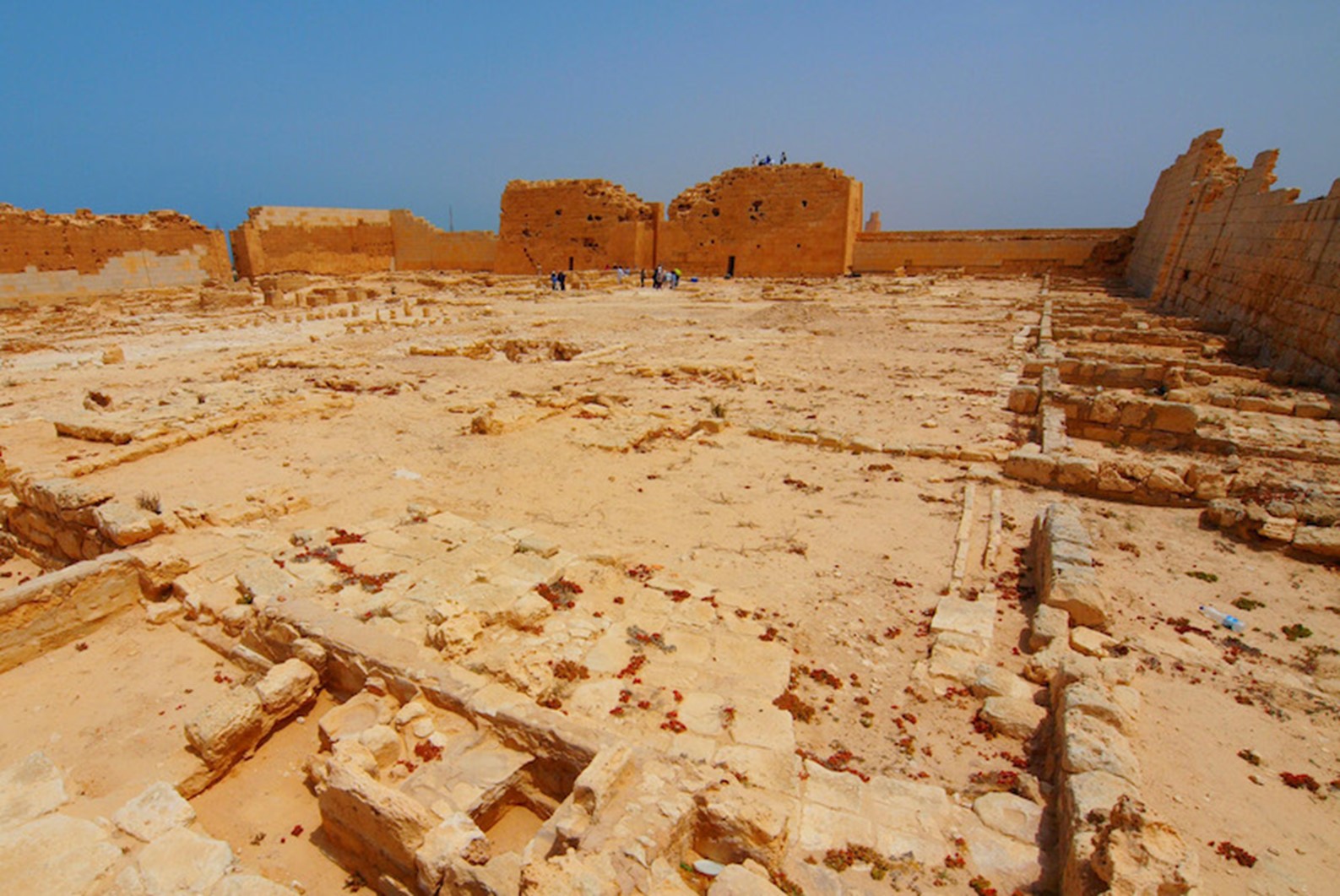
THE NECROPOLIS COMPLEX OF QIN SHI HUANG / TERRACOTTA ARMY
The Terracotta Army in China were created in the 3rd century BCE to protect the tomb of Emperor Qin Shi Huang. The treasures inside his tomb remain undiscovered to this day.
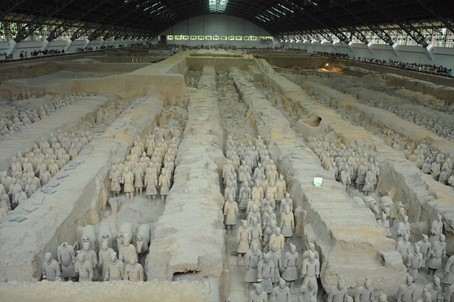
ATLANTIS
The mythological island of Atlantis, as mentioned by Plato, remains an unproven mystery. Archaeologists continue to study and investigate possible remnants related to this legend.

ANCIENT ANIMAL TRAPS
Ancient animal traps found in the deserts of Israel, Egypt, and Jordan date back to around 300 BCE. These traps are believed to have been constructed for the purpose of hunting wild animals.
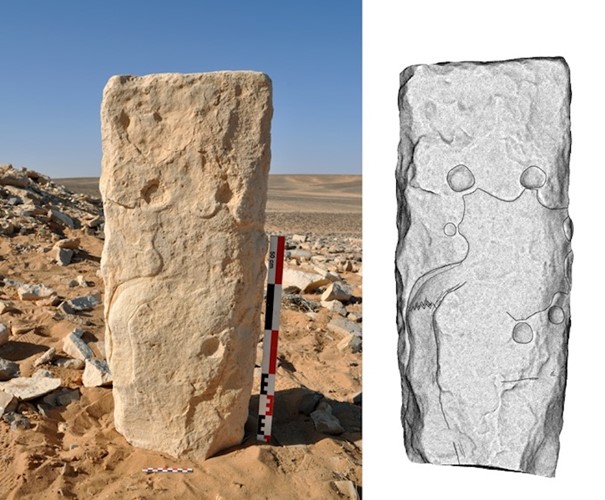
NAZCA LINES
Peru's Nazca Lines constitute one of the world's most mysterious archaeological secrets. These massive drawings are carved into the surface of the desert in the Nazca Desert and form gigantic patterns that are clearly visible from a high vantage point. The Nazca Lines are dated between 200 BCE and 700 CE, featuring a wide range of designs, from highly intricate geometric shapes to figures of animals, plants, and humans.
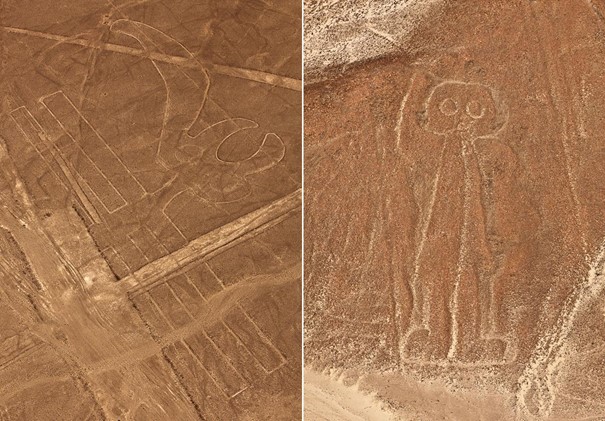
GIZA PYRAMID COMPLEX
The Giza Pyramids form an ancient complex of three major pyramids located in the city of Giza, Egypt. Constructed during the Old Kingdom period between 26th and 25th centuries BCE, these pyramids were commissioned by the pharaohs Khufu, Khafre, and Menkaure. Each pyramid contains the tomb of the respective pharaoh, showcasing the remarkable engineering and construction skills of ancient Egypt, drawing significant attention even today.
Khufu Pyramid:
Khafre Pyramid:
Menkaure Pyramid:
The Giza Pyramids stand as unique monuments reflecting the pinnacle of engineering achievements and religious rituals of ancient Egyptian civilization. These pyramids hold numerous unsolved mysteries and astronomical knowledge, making them one of the most significant archaeological and architectural structures in world history.
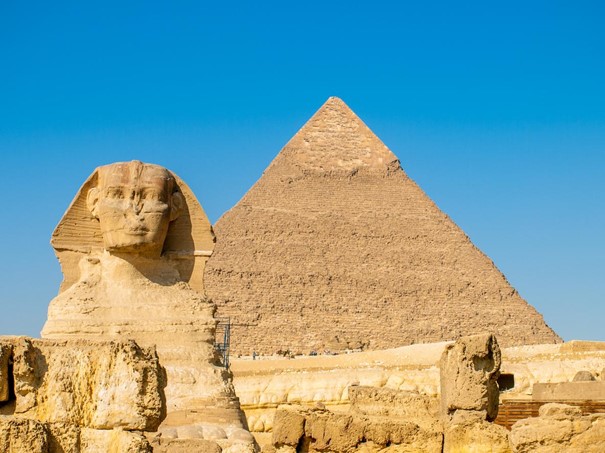
SHROUD OF TURIN
The "Shroud of Turin," believed to be the burial cloth of Jesus Christ, was first documented in 1353. However, modern tests conducted on the shroud have indicated that it was created between 1260 and 1390 AD. The authenticity of whether the shroud indeed belonged to Jesus has not been definitively proven. This discovery has been a subject of significant interest and debate throughout history.
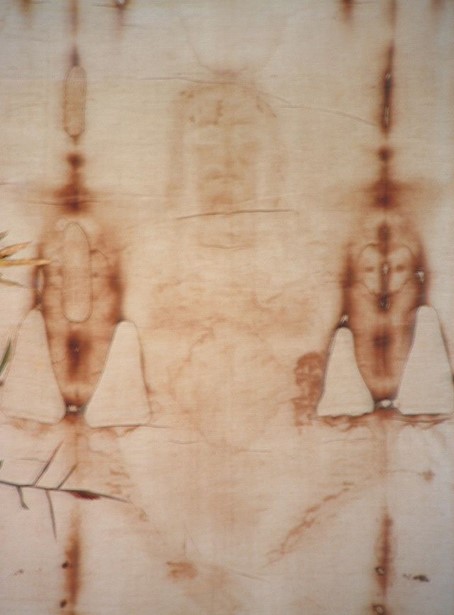
GÖBEKLİTEPE
Göbeklitepe is an archaeological site dating back to the 10th millennium BCE and is considered the world's oldest known temple. However, much about the purpose of its construction and use remains unknown. It is believed that Göbeklitepe might have been used for religious rituals or observations before the transition to settled life by humans.
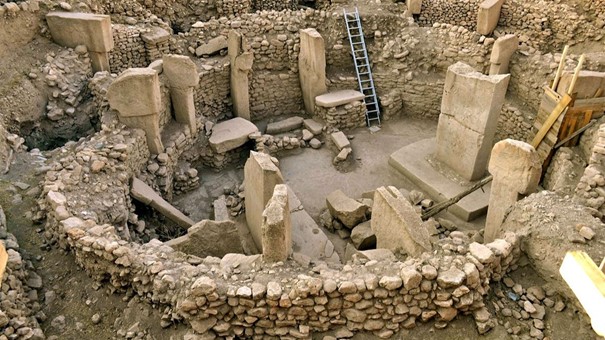
COPPER SCROLL
Alongside the Dead Sea Scrolls in the Qumran region, the Copper Scrolls are believed to contain records of a historical treasure. The inscriptions created by this community indicate the existence of a vast treasure, including valuable metals such as gold and silver, as well as various metal coins. However, the authenticity of this treasure and its whereabouts remain uncertain. While some scholars argue that a treasure of such magnitude as described in the Copper Scrolls cannot be found in the region, others believe in the potential truth of these records.
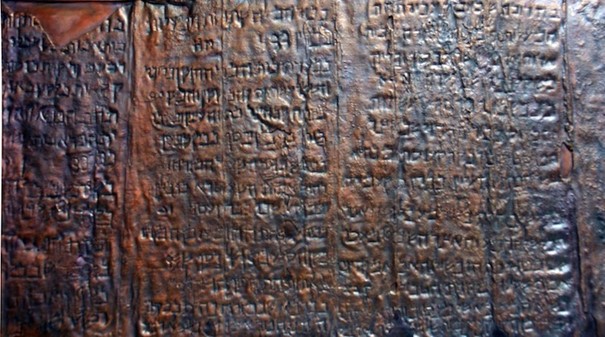
DEATH OF TUTANKHAMUN
The death of Tutankhamun remains one of the great mysteries of Egyptian history. The discovery of the pharaoh's tomb brought along rumors of the "Curse of the Pharaohs." There are numerous theories regarding Tutankhamun's unexpected death. Researchers speculate that infections or injuries, possibly resulting from an accident, could have been the cause of the pharaoh's demise. However, further research is needed to arrive at a definitive conclusion.
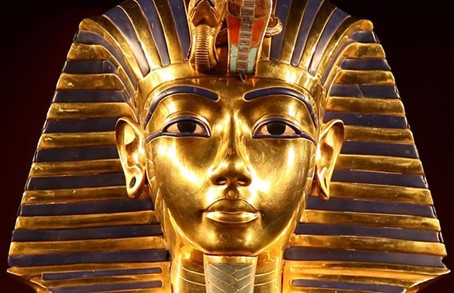
ARK OF THE TESTIMONY
The golden-covered chest known as the Ark of the Covenant is believed to be a sacred relic from ancient times, thought to contain the "Ten Commandments given to Moses by God." However, the whereabouts of this chest remain uncertain. Numerous studies have been conducted to trace the mentioned artifacts in the Torah, but concrete information has not yet been obtained.
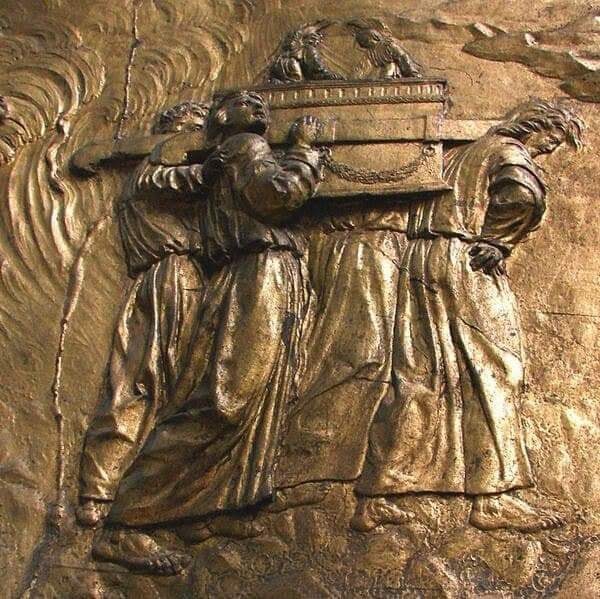
THE VOYNICH MANUSCRIPT
The Voynich Manuscript is a mysterious manuscript dating back to the 15th century, containing cosmological symbols, plant samples, and nude female figures. Its inability to be deciphered in any language raises significant questions about the content of the text. Housed at Yale University, this manuscript may be written in an unknown language, continuing to capture the attention of researchers.
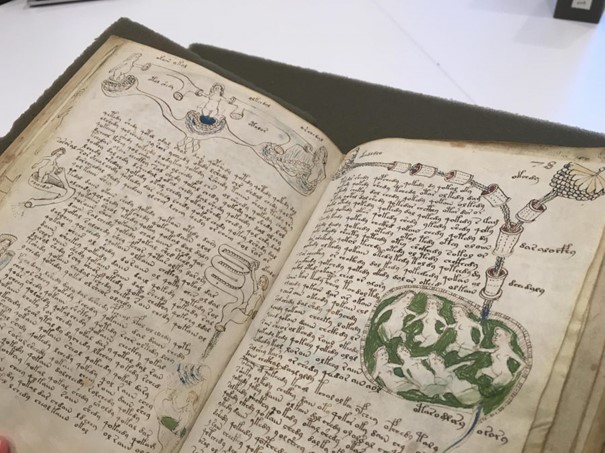
HOBBITS
Homo floresiensis, found on the island of Flores in Indonesia, exhibits a distinctive diminutive form among known human species. Adult individuals average about 1 meter in height and weigh around 25 kilograms, indicating a difference from other Homo species. The existence of this diminutive species has raised further questions about human evolution.
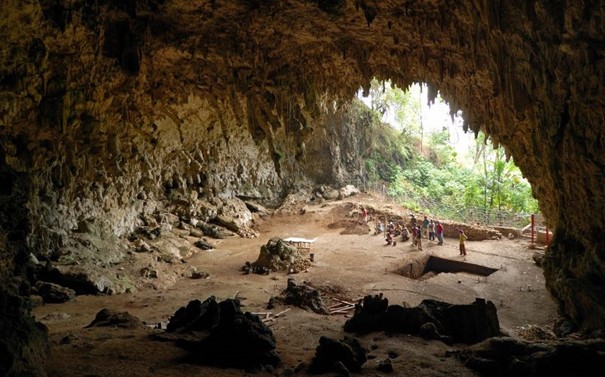
THE PERFORATED CUBE
The perforated cube found in the outskirts of London, believed to date back to the period of Roman rule in England, may have served a yet fully understood purpose. Some researchers speculate that this cube might have been used in ancient times as a lamp or as a cage for animals like mice or snakes.
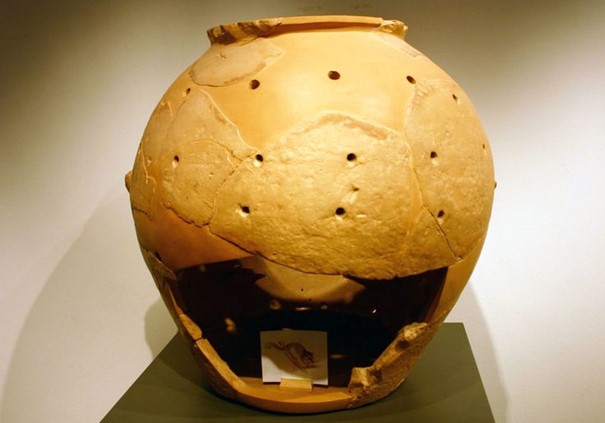
NOAH'S ARK
Nuh'un Gemisi'nin nerede olduğu konusu, tarih boyunca birçok arkeolog ve kaşifin dikkatini çeken büyük bir gizemdir. Ağrı Dağı'nda bulunduğuna dair birçok iddia olmasına rağmen, geminin gerçekten bulunup bulunmadığı kesinlik kazanmamıştır. Atlantis gibi, Nuh'un Gemisi de arkeolojik bir soru olarak gizemini korumaktadır.
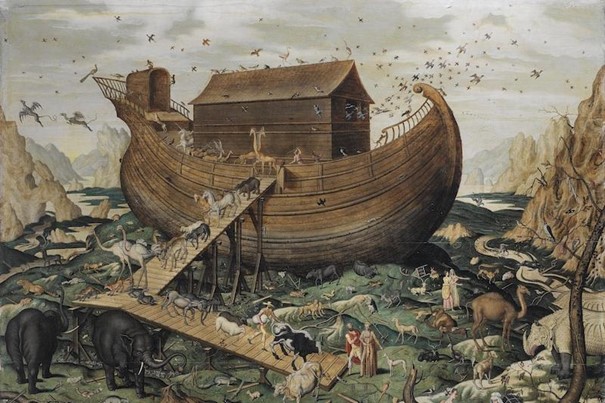
ANCIENT STONE CIRCLES IN JORDAN
The ancient circular walls in Jordan are dated back to approximately 2,000 years ago. However, the purpose of these structures remains not fully understood. No entrance or passage has been left within the circles, adding to the mystery surrounding their use.
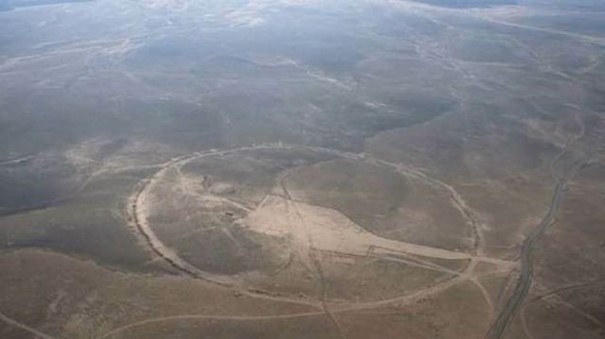
REFERENCES:
https://arkeofili.com/hala-gizemini-koruyan-25-arkeolojik-bulgu/
https://www.unescodunyamiraslari.com/haberler/dunyanin-en-gizemli-10-arkeolojik-buluntusu/
KEYWORDS: Archaeology, mysterious, curiosity, archaeological, findings, interesting, Jordan, Noah's Ark, Hobbits, Tutankhamun, Qin Shi Huang's Tomb, Stonehenge, London, Perforated Cube, pharaoh, tomb, Mount Ararat
Orhan Açıkgöz
Yücel Cultural Foundation
Voluntary Author
translated by Ekremcan Bakır
YKV Content:1525